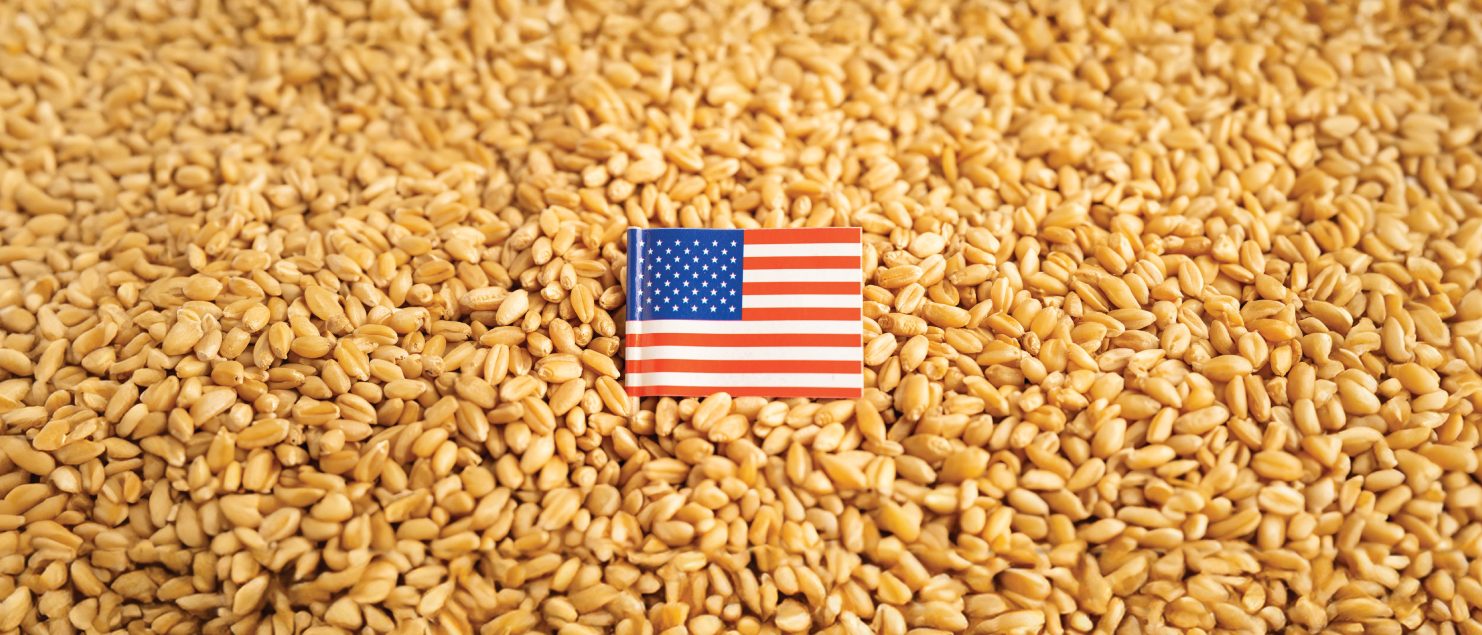Mycotoxin Risks Set to Increase in USA 2024 Harvest
A recent news story from Feedstuffs reported that preliminary findings from corn silage samples in the U.S. suggest a significant rise in mycotoxin contamination for the 2024 harvest, with all samples containing at least two types of mycotoxins. These naturally occurring toxins, produced by moulds, are a growing concern for livestock producers, as they can negatively impact feed quality, animal health, and performance.
Over 95% of crops are contaminated with at least one mycotoxin, often multiple, making these toxins a persistent challenge in agriculture. Mycotoxins can be difficult to detect, meaning their harmful effects may go unnoticed until they have already harmed animals. As a result, managing mycotoxin risks has become critical, with an emphasis on identifying which toxins are most prevalent in specific regions, crops, and livestock.
The U.S. weather patterns in 2024, particularly excessive rainfall in the Upper Midwest, have created favourable conditions for fusarium mould growth, which produces mycotoxins like type B trichothecenes, zearalenone, and emerging mycotoxins. The study found that the number of mycotoxins per sample in 2024 has risen sharply to 8.3, up from 5.3 in 2023. The overall mycotoxin risk estimate has also increased from 122.7 in 2023 to 201.6 in 2024.
Key mycotoxins found in the 2024 corn silage samples include:
- Type B trichothecenes: Average levels have jumped to 1,863 parts per billion (ppb), compared to 1,014 ppb in 2023, with maximum levels reaching 43,717 ppb.
- Zearalenone: Levels have surged to an average of 102 ppb, up from 28 ppb in 2023, with a maximum of 2,134 ppb.
- Emerging Mycotoxins: These toxins have increased to an average of 100 ppb, with a peak of 4,300 ppb.
As the harvest progresses, risks appear to be moving eastward, with fusarium mycotoxins posing a particular threat. These toxins can affect animal health, reproduction, and overall performance, making proactive mycotoxin management essential for producers.
To help the industry Randox Food Diagnostics developed the Myco 9 array which allows for the detection of up to nine different mycotoxins from one single sample. Myco 9 allows the detection of multiple mycotoxins such as aflatoxin B1/B2, aflatoxin G1/G2, paxilline, T2 Toxin, ochratoxin A, fumonisins, zearalenone, diacetoxyscirpenol and deoxynivalenol. Validated matrices include cereals and mixed feed, wheat, rye, oats, barley, sugar beet, soya, corn/maize, and oil seeds.
Randox Food Diagnostics also offers an Ergot Alkaloids ELISA in line with the new Commission Regulation (EU) 2021/1399. Detecting the lowest maximum levels of the 12 regulated ergot alkaloids applicable from January 2022, for cereal-based feed, wheat, rye, oats, barley, spelt and their milling products.
For more information, contact us directly via email: info@randoxfood.com
